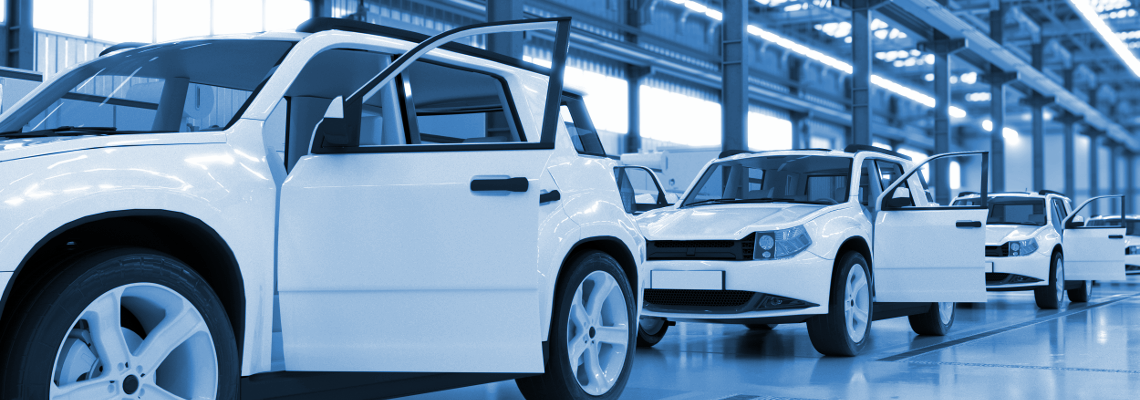Semiconductor Shortage Restricts Growth of Indian Auto Industry

As the industry is coming out from the COVID impact, its growth is hurt by a shortage of semiconductors. Many OEMs have revised the production plans downward due to this shortage. We anticipate the shortage of semiconductors will exist for the next 4-5 months. Though it will hamper monthly production, it will have only a moderate impact on the total year’s production. But If the chip shortage lasts, production cuts could reduce the inventory of vehicles for sale in India and overseas markets.
The issue started in the Q2 2020. Due to COVID-19, auto OEMs worldwide drastically reduced their production and component orders. Concurrently, chipmakers were improving the supply chain, which had been disrupted by COVID-19. They witnessed a spurt in orders from electronics companies for items such as phones, laptops, gaming console makers and witnessed a spike in sales volume during the pandemic caused by changing work and school patterns.




